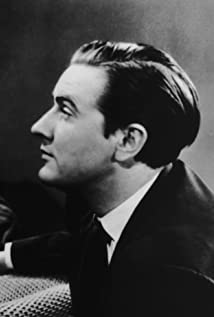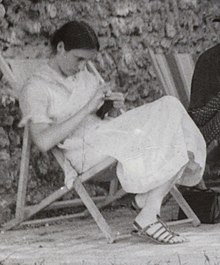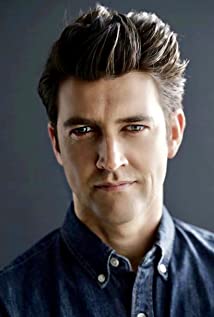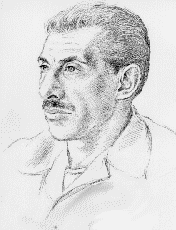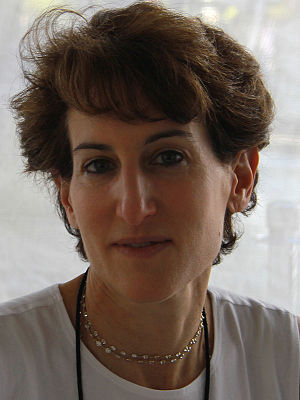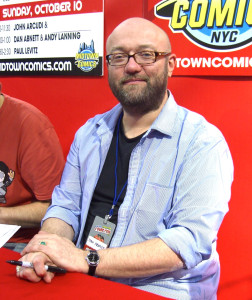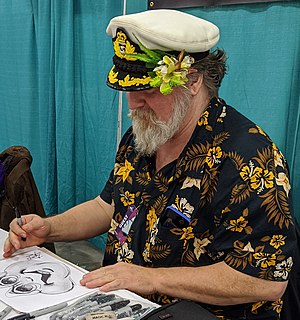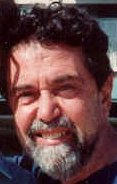Edward D. Wood Jr.
Popular As Edward Davis Wood Jr. (Eddie, The World's Worst Director, Woody, Dr. T.K. Peters, Daniel Davis, Hank Barnum, Edward Davis, TV Edwards, Flint Holloway, Edward Everett, Pee LaRoche, PLee LaRouche, Pete La Roche, Akdon Telmig,
Birthday October 10, 1924
Birth Sign Libra
Birthplace Poughkeepsie, New York, U.S.
DEATH DATE 1978-12-10, Los Angeles, California, U.S. (54 years old)
Nationality United States
Height 5' 8" (1.73 m)
#11746 Most Popular


